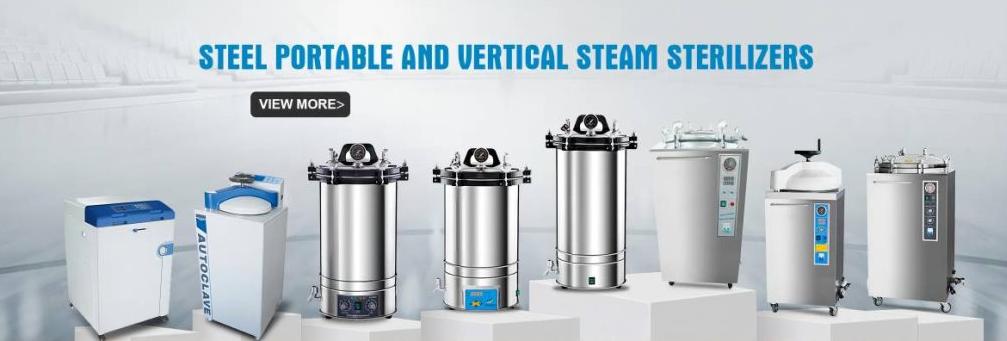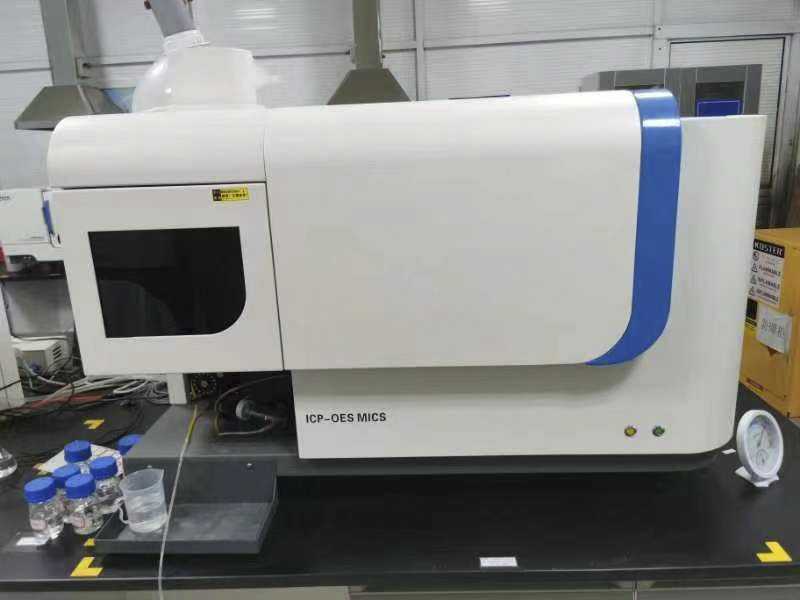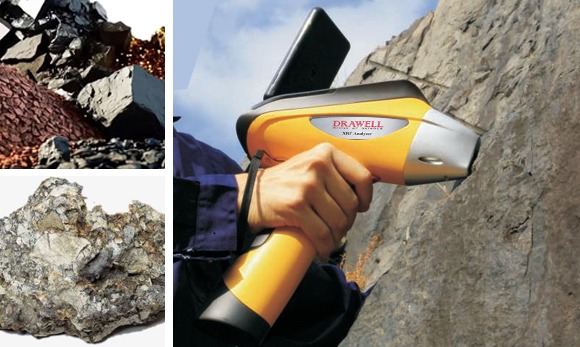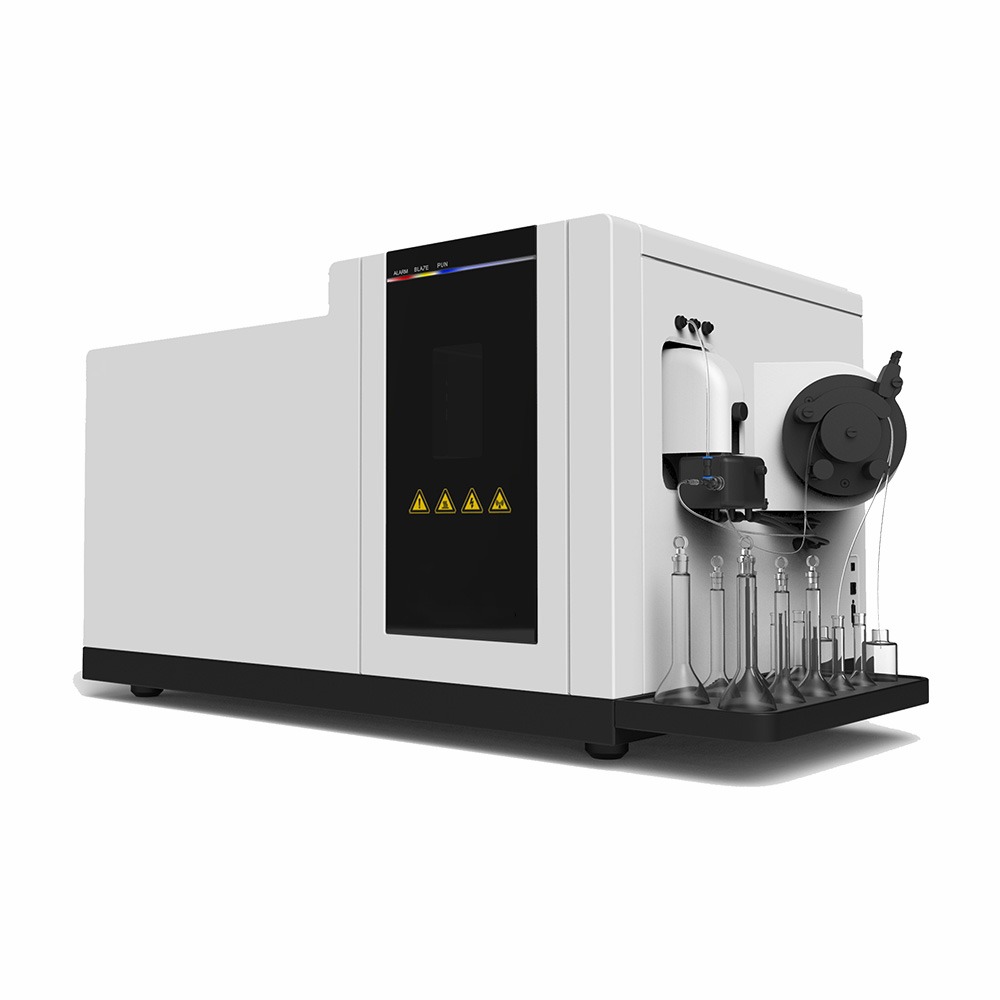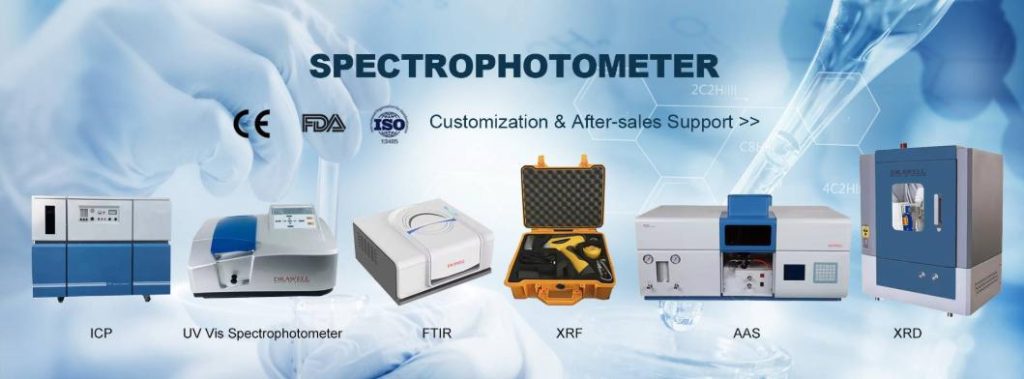News
Choosing the Right Lab Drying Equipment for Your Research
Drying is a critical step in many laboratory processes, ensuring sample stability, purity, and usability. The choice of drying equipment significantly impacts the integrity, quality, and reproducibility of experimental results. Improper drying can lead to sample degradation, loss of volatile components, structural changes, and inaccurate data. Here we aims to guide you in selecting the most suitable…
How ICP-AES are Used for the Characterization of Geological Samples
Inductively Coupled Plasma Atomic Emission Spectroscopy (ICP-AES) has emerged as a powerful analytical technique with widespread applications in various fields. Its ability to rapidly and accurately determine the elemental composition of geological samples has revolutionized the way geologists explore, characterize, and understand the Earth’s materials. This article explores the principles, applications, and future advancements of ICP-AES in…
How ICP-MS is Applied in Pharmaceutical Quality Control
Inductively Coupled Plasma Mass Spectrometry (ICP-MS) is a powerful analytical technique that has become essential in pharmaceutical quality control. Its ability to detect and quantify trace and ultra-trace levels of elements makes it a critical tool for ensuring the safety, efficacy, and compliance of pharmaceutical products with stringent regulatory standards. Key Applications of ICP-MS in Pharmaceutical…
Steam, UV, or Chemicals? The Best Sterilization Equipment for Labs
Whether working in medical research, biotechnology, or chemical analysis, maintaining the sterility of equipment and surfaces is critical to safeguarding both personnel and experimental integrity. The choice of sterilization method—steam sterilization, UV radiation, and chemical sterilization—depends on the specific needs of the lab and the nature of the items being sterilized. In this article, we…
How ICP-AES Contributes to Enhance Food Safety
Food safety is an essential priority for governments, manufacturers, and consumers worldwide. With the increasing complexity of food supply chains, precise and reliable methods to detect contaminants and ensure quality have become indispensable. Inductively Coupled Plasma Atomic Emission Spectroscopy (ICP-AES) has emerged as a critical technology in addressing food safety concerns. This article explore the the significance, advantages, challenges and…
What are Effective Calibration Methods in ICP-OES Analysis
Inductively Coupled Plasma Optical Emission Spectroscopy (ICP-OES) is a widely used analytical technique for detecting and quantifying trace elements across diverse sample types. The accuracy of ICP-OES results is heavily reliant on effective calibration methods. This article delves into the essential calibration techniques for achieving high precision and accuracy in ICP-OES analysis. Why Calibration Matters in ICP-OES Calibration…
How Mineral Analyzers Transform Mineral Exploration
Mineral exploration plays a pivotal role in industries such as mining, construction, and energy production. The search for valuable minerals, however, has traditionally been a time-consuming and labor-intensive process. Enter mineral analyzers—a revolutionary technology that has transformed the way we identify and evaluate mineral deposits. By offering unparalleled accuracy, speed, and efficiency, these tools are…
How to Mitigate Matrix Effects in ICP-MS for Complex Sample Analysis
Inductively Coupled Plasma Mass Spectrometry (ICP-MS) is a highly sensitive analytical technique widely used for detecting trace elements in complex samples, such as environmental, biological, and industrial matrices. However, one of the significant challenges when using ICP-MS for complex sample analysis is the presence of matrix effects. These effects can lead to signal suppression or enhancement,…
ICP-AES vs. ICP-MS for Heavy Metal Analysis: How to Choose the Right Method
Two widely adopted techniques for heavy metal analysis are Inductively Coupled Plasma-Atomic Emission Spectroscopy (ICP-AES) and Inductively Coupled Plasma-Mass Spectrometry (ICP-MS). Each technique has distinct advantages and limitations depending on the application, sensitivity requirements and operational constraints. This article explores the key aspects that differentiate ICP-AES and ICP-MS, aiding in selecting the appropriate method for heavy metal analysis. What are…
How to Choose the Right Elemental Analyzer for Your Needs
Elemental analysis is a crucial technique in various scientific fields, including chemistry, environmental science, materials science, and pharmaceuticals. It involves determining the elemental composition of a substance, providing valuable insights into its chemical structure, purity, and properties. With a wide array of elemental analyzers available, selecting the right instrument for specific research or industrial needs can…


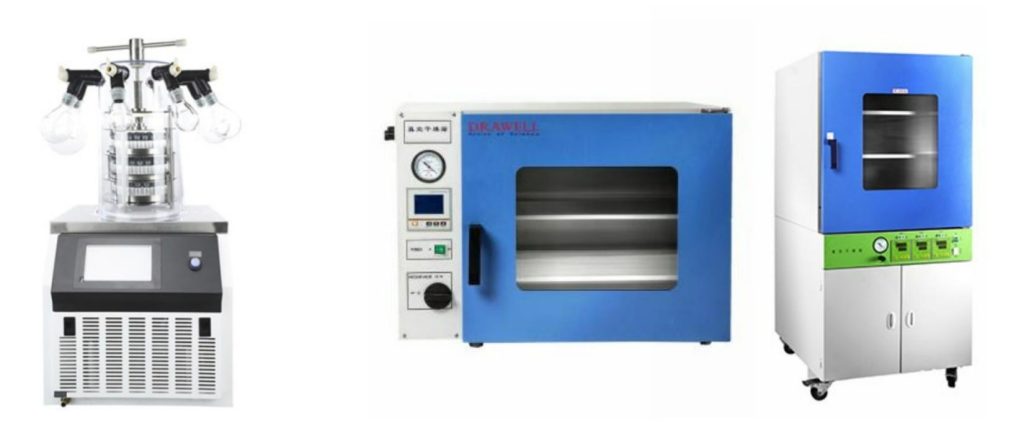
9.jpg)

